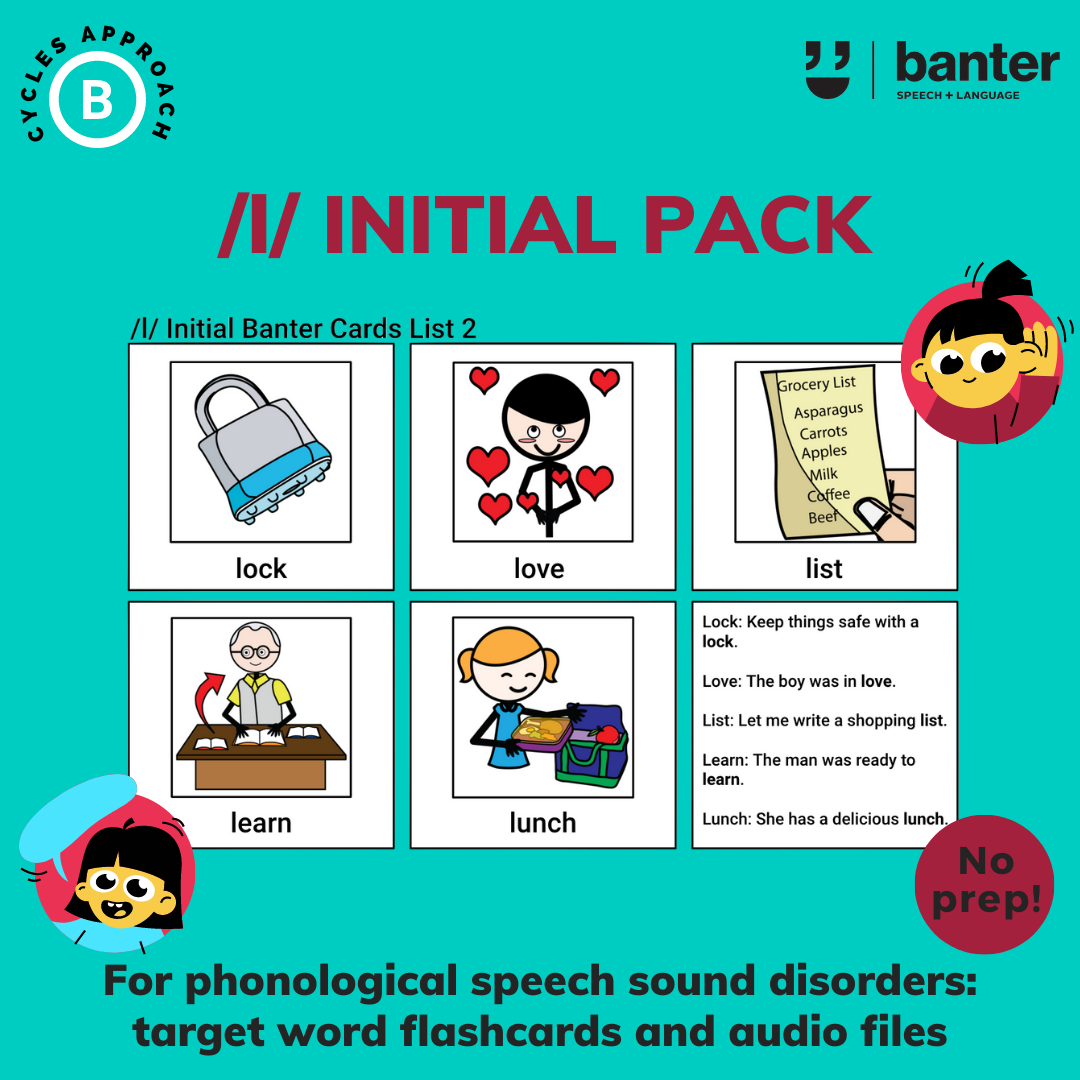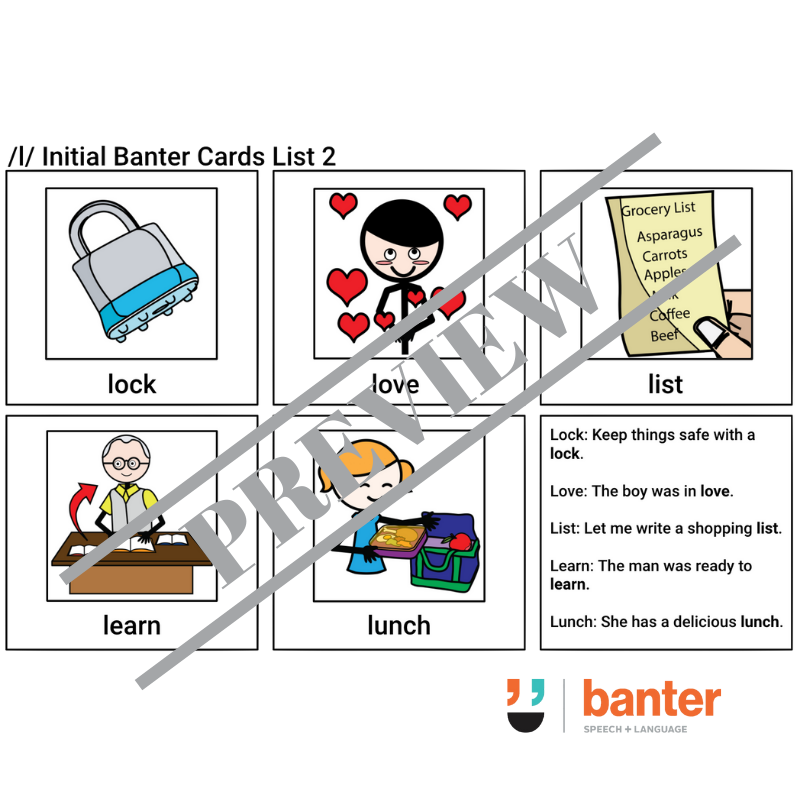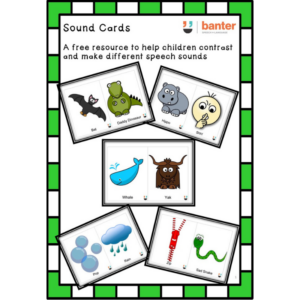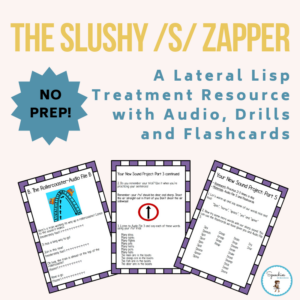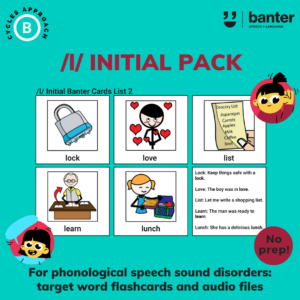(B208) Cycles Approach: /l/ initial Pack
$4.99 including GST
In this no-prep 10-page (+ 2 audio files) /l/ initial pack, we include the following resources that you can use for a Cycles session:
-
- lists of target words using high frequency, simple vocabulary;
- engaging flashcards illustrating each target word; and
- audio recordings (Australian-accented female or male voice) of the target words and use of the target words in sentences, in easy-to-use mp3 format, which can be played on your phone, iPad, or computer, and emailed to clients after the session.
We use these resources in our clinic everyday and hope you find it useful.
Description
For children with moderate-severe phonological speech sound disorders, we use three main evidence-based approaches in our clinic:
-
- Cycles;
- Complexity; and
- Contrastive.
The official name of the Cycles approach is the “Cycles Phonological Remediation Approach”. It consists of 4 parts:
1. Choosing therapy goals focusing on a child’s main patterns of speech sound problems (rather than individual sounds) – eligible targets are consistent patterns or errors that occur at least 40% of the time. The researchers divide these potential targets into two categories:
a. primary patterns: these include (in order of importance) syllable structures, consonants on their own, velar sounds (/k/ and /g/), alveolar sounds (e.g. /t/ and /d/), hissy “fricative” sounds (e.g. /s/, “sh”, “ch”, /f/, /v/, j, but not “th” and s-clusters like “sm”) and liquid sounds (e.g. /l/ and /r/); and
b. secondary patterns: these include voicing errors like prevocalic voicing, distorted vowels, individual fricative sounds that have not been corrected after the primary patterns have been remediated, “glide sequences” and three consonant sequences (e.g. /str/). The idea is that most secondary patterns take care of themselves;
2. Targeting one primary pattern of error intensively for a fixed time, before moving on to the next pattern (regardless of whether the child has corrected the first pattern of error), and then the next primary pattern and so on until all primary patterns of error have been targeted, completing one cycle. The second cycle then begins, starting again with the first pattern, but with more complicated targets;
3. Using focused auditory bombardment, where the child listens to amplified recordings of words and sentences containing the target patterns; and
4. Lots of practice producing words containing the target sound in treatment sessions.
The researchers consider all of these elements to be essential to the therapy. The idea is that, by targeting patterns of errors (rather than individual sounds), the treatment results in a system-wide transfer of the trained sounds to other sounds and targets.
Cycles sessions usually consist of 7 steps:
-
- Review words from the last session.
- Auditory bombardment (1-2 minutes).
- Introduction of target words for the session (usually 5-6 words).
- Play games requiring the child to practice the target words.
- Probe for next session targets.
- Repeat auditory bombardment.
- Homework – typically 2 minutes of auditory bombardment a day plus, optionally, a list of target words for the week to practice every day.
In this no-prep 10-page (+ 2 audio files) /l/ initial pack, we include the following resources that you can use for a Cycles session:
-
- lists of target words using high frequency, simple vocabulary;
- engaging flashcards illustrating each target word; and
- audio recordings (Australian-accented female or male voice) of the target words and use of the target words in sentences, in easy-to-use mp3 format, which can be played on your phone, iPad, or computer, and emailed to clients after the session.
To learn more about the Cycles Approach, read our article here.
We use these resources in our clinic everyday and hope you find it useful. Suitable for face-to-face or distance learning.

